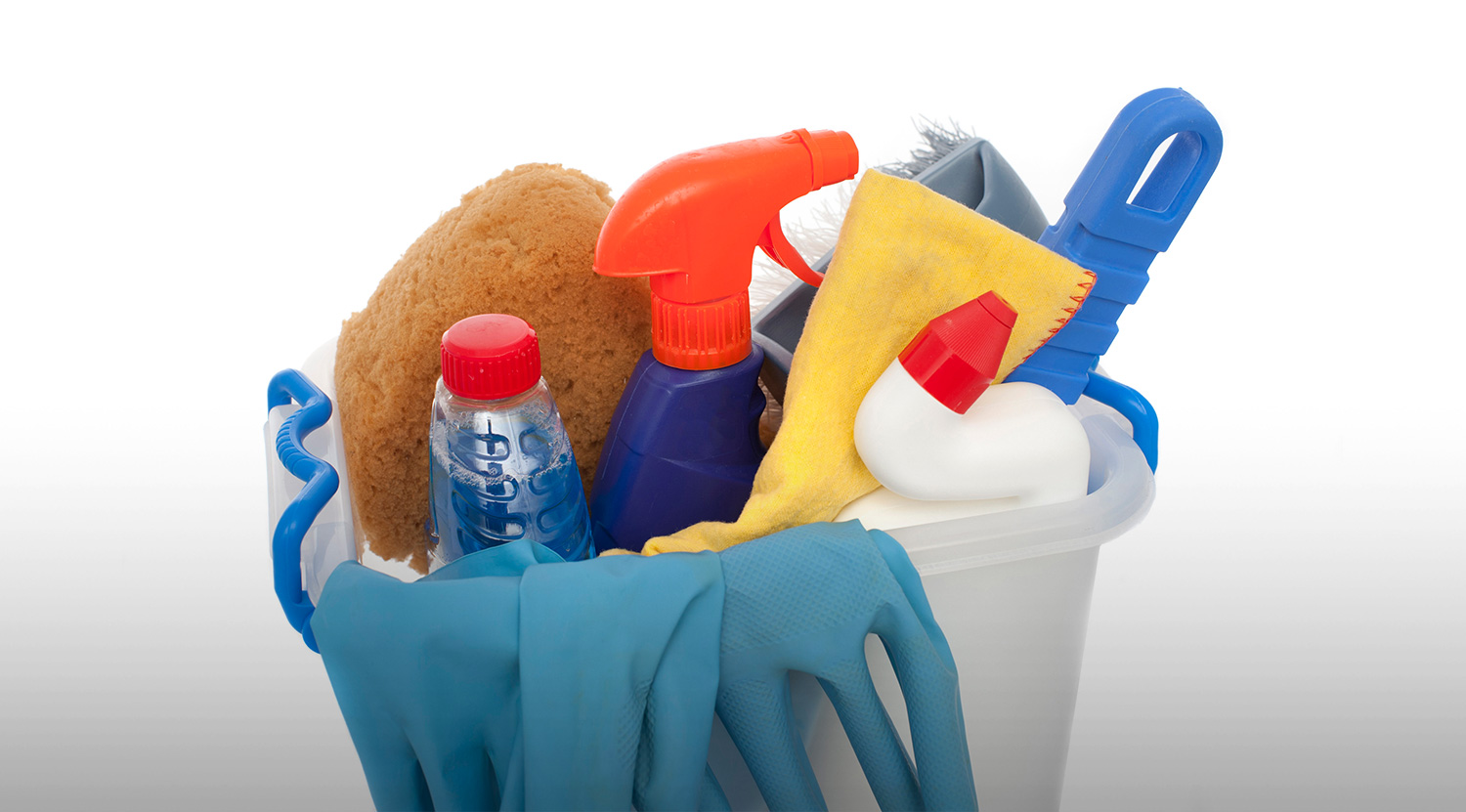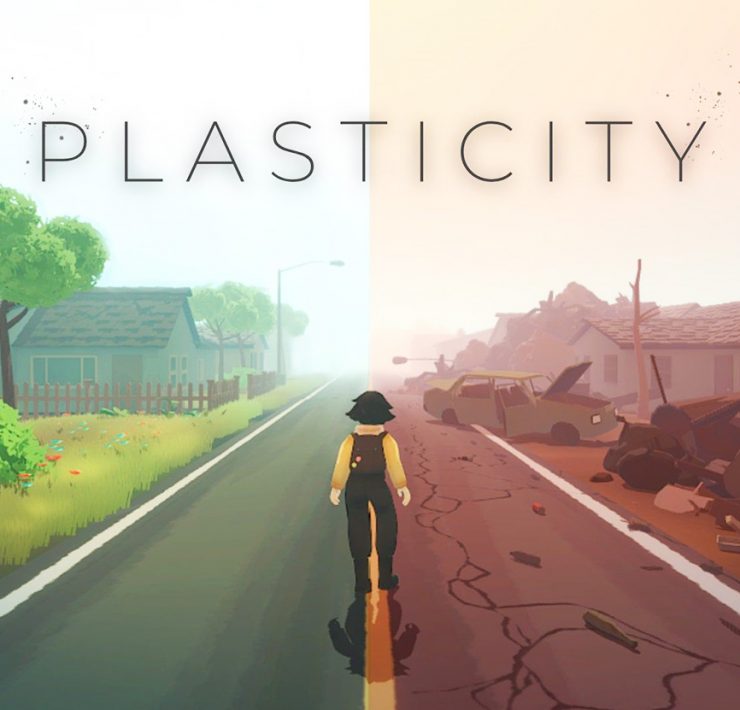Switch to a chemical-free home
- Home care products permeate our lives like never before. In the first part of this four-part series, we talk about how these chemical-filled products harm the environment, and how you can start transitioning to natural solutions.

Saritha Sudhakaran is an urban designer and architect. She is…
World over, there is a paradigm shift in the way humans are choosing to live and that is by adopting a natural, sustainable and environmentally friendly lifestyle. But while there is considerable awareness about making the right choices when it comes to areas like food and personal care products, most people are unaware of the toxicity they introduce into their everyday lives in the form of home care products. Such products not only have a negative impact on one’s health, but also cause irreplaceable harm to the environment. To understand the omnipresence of synthetics in your life, take a wild guess on the number of chemical-based home care products used in your household.
Typically, an urban Indian household uses anywhere between 20 to 35 home care products. These range from specific cleaners for everyday cleaning of floors, dishes, glass, clothes, toilets, stoves, cooking appliances, etc to specialised products such as bleaches, fabric softeners, polishes, air fresheners and pest repellents. The list also includes items used for religious activities like incense, candles, kumkum or camphor. Most of these, if not all, are made synthetically, sometimes under the guise of terms such as organic, homemade or natural. A closer scrutiny of these labels indicates the presence of artificial fragrances, preservatives, emulsifiers and gels to ensure product stability and prolong shelf-life.
The use of convenient, manufactured home care solutions has skyrocketed in the last few decades with an increase in purchasing capacity and also tactful marketing strategies that lead us to doubt the cleanliness of our homes. What manufacturing companies fail to mention is how the usage of such commodities also contributes to pollution of the natural environment. Wastewater, mixed with chemicals, goes down the drains and is let out, untreated, into water bodies, thereby polluting surface water. A part of this also percolates into the ground and contaminates the groundwater. While wastewater plants can filter out some of the harmful chemicals, they cannot catch all of it simply because they are not designed to do this. As a result, many harmful chemicals find their way back into our food systems indirectly through polluted water sources or directly in the food we consume.

There is also the seldom spoken topic of packaging pollution that most cleaning merchandise generates. Many brands use HDPE (High Density Poly Ethylene) as primary packaging containers. HDPE is a thermoplastic that can be remade into recycled plastic products. However, this process can be undertaken only once and the by-product of the recycling process cannot be used to create new packaging containers. A considerable amount of virgin plastics is hence manufactured in the absence of a circular product loop.
So, what can one do to switch to a chemical-free home?
For starters, be willing to change. This is usually the biggest detriment to adopting any eco-friendly alternatives. Years of living in ultra clean and sterilised homes has conditioned us to question the effectiveness of simple, natural solutions. One also cannot deny the convenience of simply pulling a desired solution off a shelf as against attempting a DIY option at home. Overcoming this mindset change is the first step towards a simpler and sustainable lifestyle. Once this is achieved, there are many readymade options available in the market today or with a little time and effort.
In the next part of this series, we’ll also talk about how you can make cleaning products from simple pantry staples.
Saritha Sudhakaran is an urban designer and architect. She is the founder of Incollab, a design, planning and research initiative developing sustainable communities in collaboration with the people who inhabit them.







